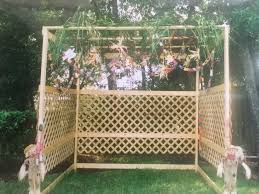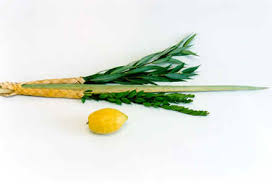Sukkot
Sukkot is the Jewish festival of giving thanks for the fall harvest, as well as the commemoration of the forty years of Jewish wandering in the desert after Sinai. Sukkot is celebrated five days after Yom Kippur on the 15th of Tishrei and is marked by several distinct traditions. One tradition comes from
 the name of the festival – Sukkot – which is a Hebrew word meaning “booths” or “huts.” This tradition, which takes the commandment to “dwell in booths” literally, is to build a sukkah, a booth or hut. A sukkah is often erected by Jews at their homes during this festival, and it is common practice for some to eat all – or at least most – of their meals, and even sleep in these temporary dwellings during Sukkot.
the name of the festival – Sukkot – which is a Hebrew word meaning “booths” or “huts.” This tradition, which takes the commandment to “dwell in booths” literally, is to build a sukkah, a booth or hut. A sukkah is often erected by Jews at their homes during this festival, and it is common practice for some to eat all – or at least most – of their meals, and even sleep in these temporary dwellings during Sukkot.

Another commandment is to wave the lulav and etrog. The etrog is a citron, which looks like an extra-large, lumpy lemon and has a sweet, spicy fragrance. The lulav consists of a date palm branch, two willow branches, and three myrtle branches, bound together in a holder specially made for this purpose. We wave them in six directions – East, West, North, South, up and down, indicating our belief that God is all around us in the world. The lulav and etrog have several interpretations. Here is one of them.

